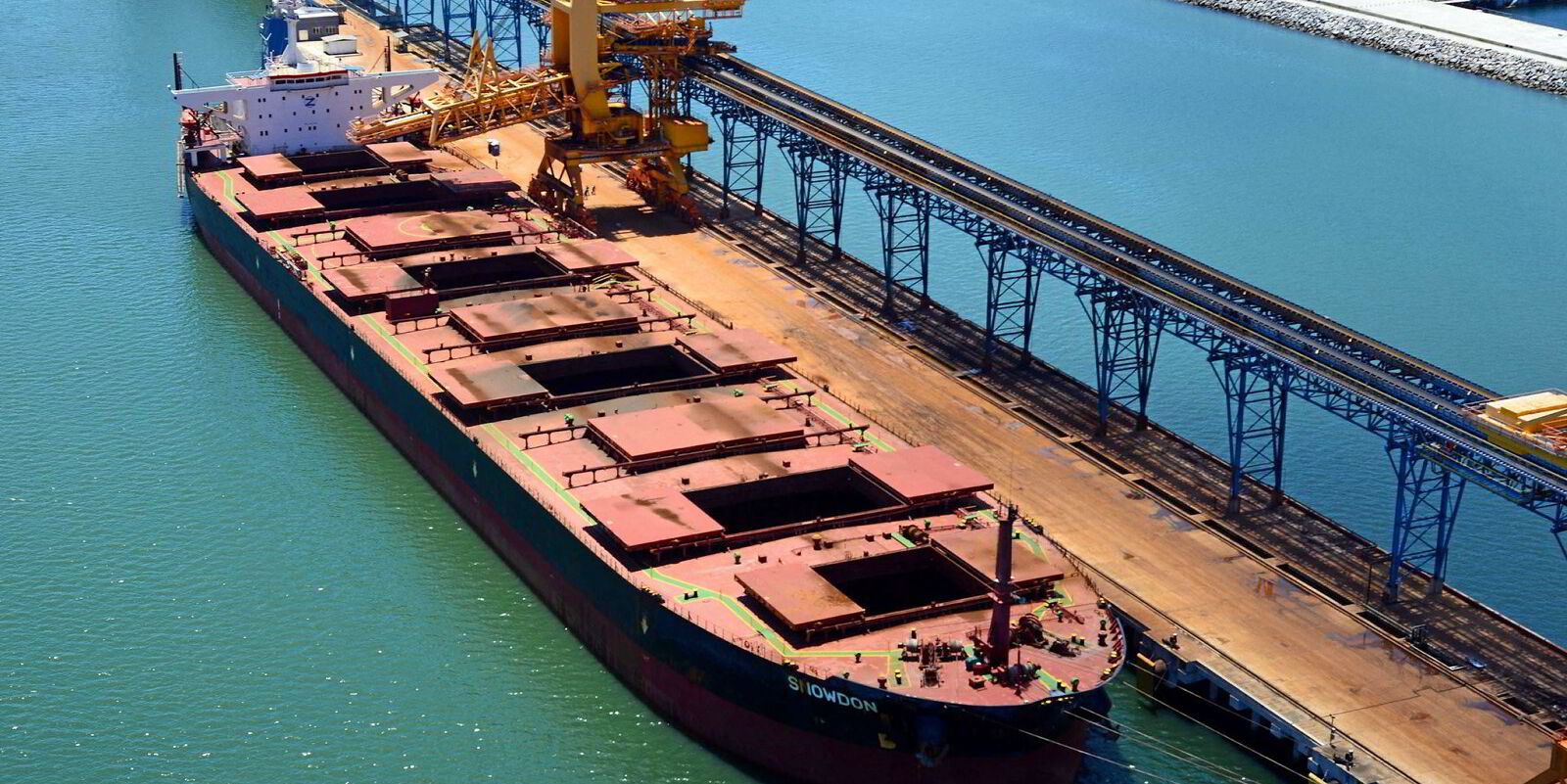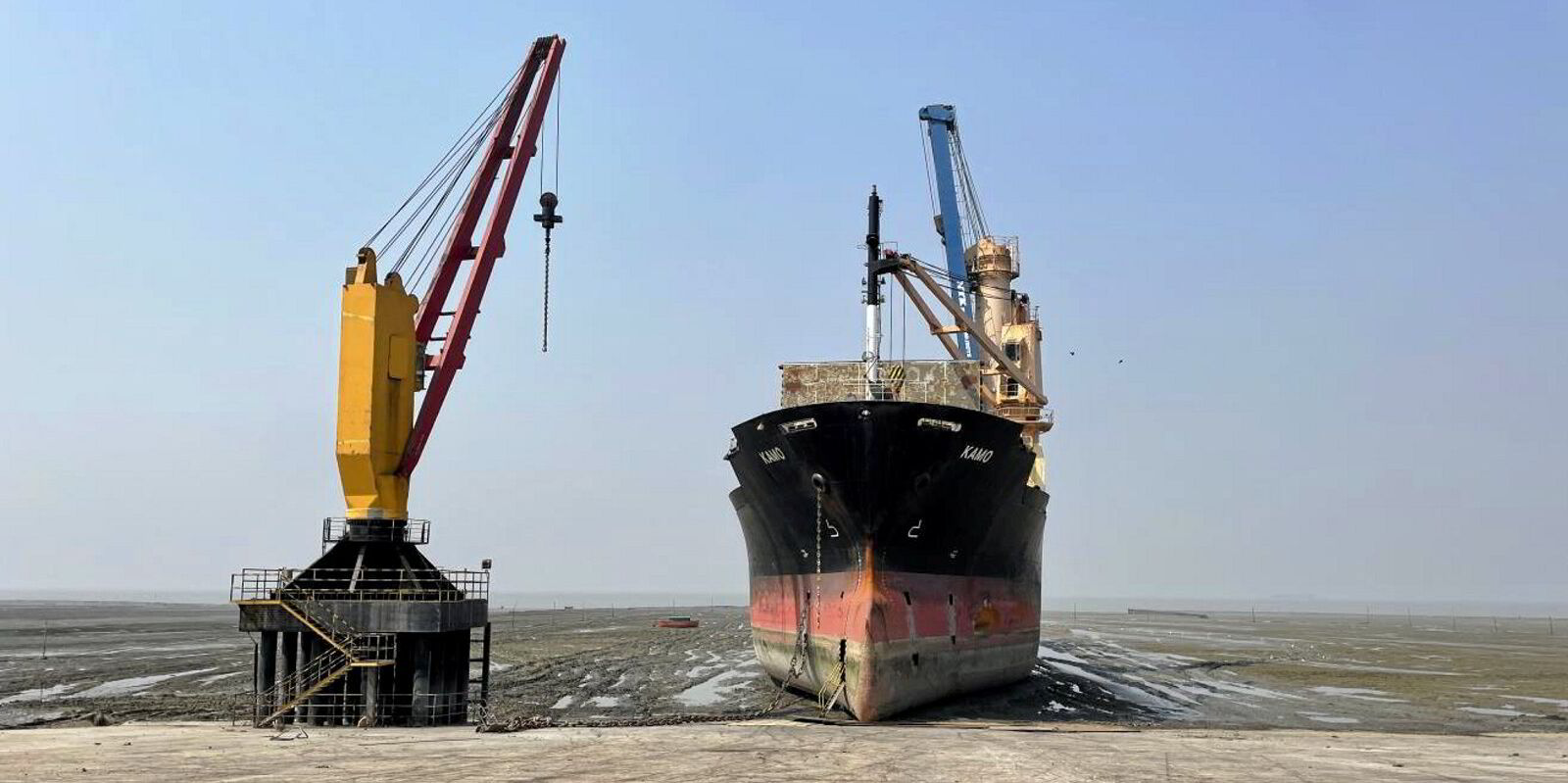Chinese iron ore imports continued to increase in the first six months of 2024, providing fuel to a dry bulk market upturn.
Imports rose by 5.7% year over year, according to customs data.
The country’s steelmakers are believed to be restocking, despite uncertainty regarding demand, steel think tank GMK indicated, as iron ore was “expected to have problems given the weak real estate sector”.
Dry cargo rates enjoyed a strong start to the year, helped by an unseasonably strong first quarter.
Clarksons data shows capesize bulkers have averaged $23,900 per day in the year to date, compared with $12,500 per day in 2023.
Braemar indicated that the benefits of increased ore imports to bulker demand have been spread around the market, including the return of shipments from India.
Derek Langston, global head of dry research at the brokerage, told TradeWinds: “While iron ore trades are dominated by capesize and larger tonnage, a rebound in Chinese iron ore imports from India in 2023 and 2024 boosted demand for supramaxes and ultramaxes.”
India to China iron ore trade is usually led by supramaxes/ultramaxes and supplemented by some kamsarmaxes and occasional larger sizes, he explained.
China’s customs data for the first half of 2024 confirmed it sourced an additional 5.5m tonnes year on year from India at 25.1m tonnes.
According to vessel tracking, the volume of Indian iron ore carried on supramaxes/ultramaxes in the first six months (21.5m tonnes), was more than 50% above the year-ago level and a fivefold increase from 4m tonnes in the first half of 2022, Langston added.
The Chinese import surge also saw the return of long-haul shipments from Ukraine on capesize tonnage, as well as the occasional panamax or supramax.
Increased shipments from West Africa on supramaxes and ultramaxes from Liberia and capesizes from Mauritania and Sierra Leone are adding to cargo from Brazil.
“At the same time, there has been a sizeable gain of 36m tonnes in iron ore port inventory since the start of 2024,” Braemar indicated in its latest dry bulk report.
“While this accumulation certainly does not extinguish iron ore import demand, it draws attention to levels of consumption, given the negative year-on-year growth in the country’s 1H 2024 steel output.”
According to Clarksons, China’s seaborne iron ore imports in 2023 totalled 1.16bn tonnes and look set to increase year on year in 2024, with volumes until May at almost half that figure already.
Steel production falls, exports surge
However, the rise in ore imports did not translate into an increase in Chinese steel production.
In the first half, crude steel production contracted by 0.9%, Braemar said, quoting Worldsteel and the National Bureau of Statistics.
“Steel production fell month on month from May to June, caused by lower demand and reduced margins for steelmakers,” GMK said.
“Demand for steel in the country fell in June as heat and heavy rains in the southern regions limited construction activity … the pressure on supply increased amid a seasonal decline in demand and deteriorating market confidence, which led to a decline in steel prices.”
However, steel production was supported by further year-on-year gains in exports. In January to June, Chinese exports increased by 24% to 53.4m tonnes, according to the China Steel Association.
China seaborne steel exports until May totalled 45.1m tonnes, compared with 37.3m tonnes last year, Clarksons data indicated.
The annual net steel export growth has led to China dominating global steel export growth in 2023 and 2024 and helped support steel sector activity and, indirectly, iron ore consumption, according to Braemar.
“It may well be that Chinese crude steel production is on course for another year of flat (or marginally negative) growth,” it said.
“If expressed as a daily average, June’s crude steel production was the highest for a year, but in each of the past three years, production has trended lower in the second half of the year, which may limit the upside for steel exports.”
Jefferies noted that the dry bulk segment was still “hanging on” despite weakening steel markets.
“Despite falling global steel and iron ore prices, dry bulk rates have performed well. Capes especially have been solid, averaging $22,000/day in 2Q, down moderately from their 1Q average of $24,000/day, and averaging $27,000/day so far in 3Q,” it said in a note.





